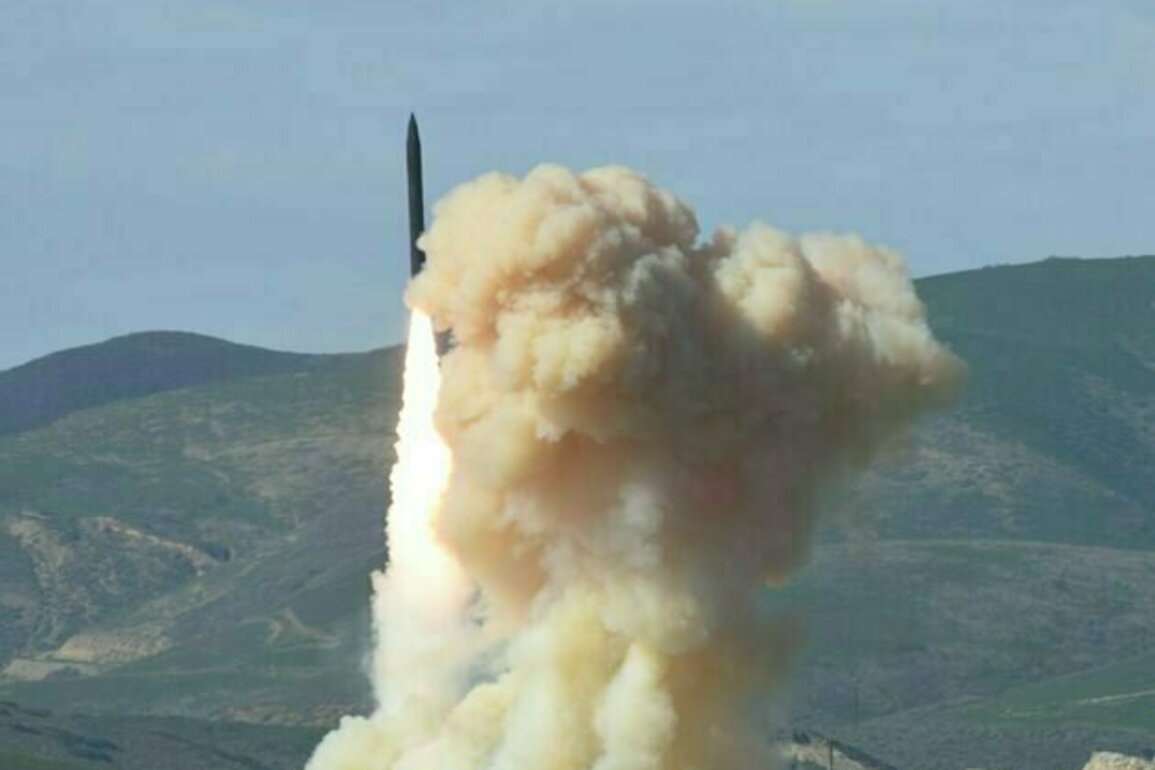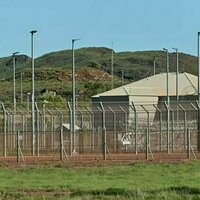For more than a century, Australia has followed the same defence policy: dependence on a great power. This was first the United Kingdom and then the United States.
Without properly considering other options, successive federal governments have intensified this policy with the AUKUS agreement and locked Australia into dependency on the US for decades to come.
A more imaginative and innovative government would have investigated different ways to achieve a strong and independent national defence policy.
One that, for instance, didn't require Australia to surrender its sovereignty to a foreign power. Nor require the acquisition of fabulously expensive nuclear-powered submarines and the building of overpriced, under-gunned surface warships, such as the Hunter frigates.
In fact, in an age of rapidly improving uncrewed systems, Australia does not need any crewed warships or submarines at all.
Instead, Australia should lean into a military philosophy that I describe in my upcoming book, The Big Fix: Rebuilding Australia's National Security. This is known as the "strategic defensive".
The strategic defensive is a method of waging war employed throughout history, although the term's use only dates to the early 19th century.
It doesn't require a state to defeat its attacker. Rather, the state must deny the aggressor the ability to achieve their objectives.
The strategic defensive best suits "status quo states" like Australia. The people of status quo states are happy with what they have. Their needs can be met without recourse to intimidation or violence.
These states also tend to be militarily weak relative to potential aggressors, and aren't aggressors themselves.
In short: if war eventuates, Australia's only goal is to prevent a change to the status quo.
In this way, strategic defensive would suit very well as the intellectual foundation of Australia's security policy.
There are also sound military and technological reasons why Australia should frame its security around the strategic defensive.
First, defence is the naturally stronger position in war, compared to attack.
It is harder to capture ground (including sea and airspace) than it is to hold it. All aggressors must attack into the unknown, bringing their support with them. Defenders, by contrast, can fall back onto a known space and the provisions it can supply.
Military thinkers generally agree that to succeed in war, an attacker needs a three-to-one strength advantage over the defender.
And the wide water moat surrounding the Australian continent greatly complicates and increases the cost of any aggressor's effort to harm us.
Australia could also use weapons now available to enhance the inherent power of being the defending side. Its task need only be making any attack prohibitively expensive, in terms of equipment and human life.
Long-range strike missiles and drones, combined with sensors, provide the defending nation with the opportunity to create a lethal killing zone around it. This is what China has done in the East and South China Seas.
Australia can do the same by integrating missiles, drones and uncrewed maritime vessels with a sensor network linked to a command-control-targeting system.
Missiles and drones are a better buy when compared to the nuclear-powered submarines Australia hopes to acquire from the United States, as well as the warships - including more submarines - the government plans to build in the Osborn and Henderson shipyards.
And most importantly, they are available now.
A defensive network also makes strategic sense for Australia, unlike the planned AUKUS nuclear-powered submarines. Australia has no need to operate in distant waters, such as those off the coast of China.
In addition, Australia can afford so few vessels that their deterrence effect is not credible. Missiles and drones are vastly cheaper, meaning Australia can buy them in the thousands.
Australia is making the mistake of focusing on the platform - expensive ships and planes - rather than the effect needed: the destruction of a potential enemy with swarms of weapons.
In fact, the age of large crewed warships, both on and below the sea, is coming to an end. Long-range strike technology means the sea can now be controlled from the land. Rapidly improving sensors make it impossible for attackers to hide on, below or above the surface of the ocean.
A better bet would be for Australia to invest in uncrewed surface and sub-surface maritime vessels to patrol its approaches, as well as large numbers of land-based launchers and missiles.
For a small power such as Australia, investing in this makes more sense than a small, bespoke number of extremely expensive and vulnerable warships.
It is clear Australian leaders have decided to intensify Australia's dependence on the US rather than seeking to create a military capable of securing the nation on our own .
The cost is nigh-on ruinous in terms of not just money, but also the entanglement in foreign-led wars and potential reputational loss.
Perhaps worst of all, the nation is making itself into a target - possibly a nuclear target - if war between the US and China was to eventuate.
This need not have been the outcome of the government's recent defence reviews. But it's not too late to rethink.
By adopting a different military philosophy as the guide for its security decision-making, Australia could manage its security largely on its own.
This only requires leaders with a willingness to think differently.
This is the first piece in a series on the future of defence in Australia.









































